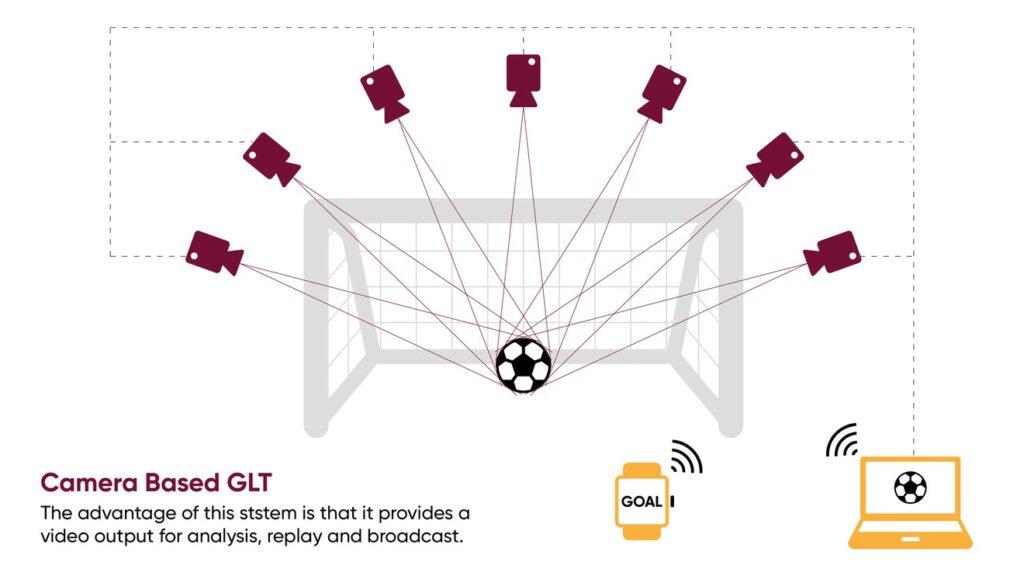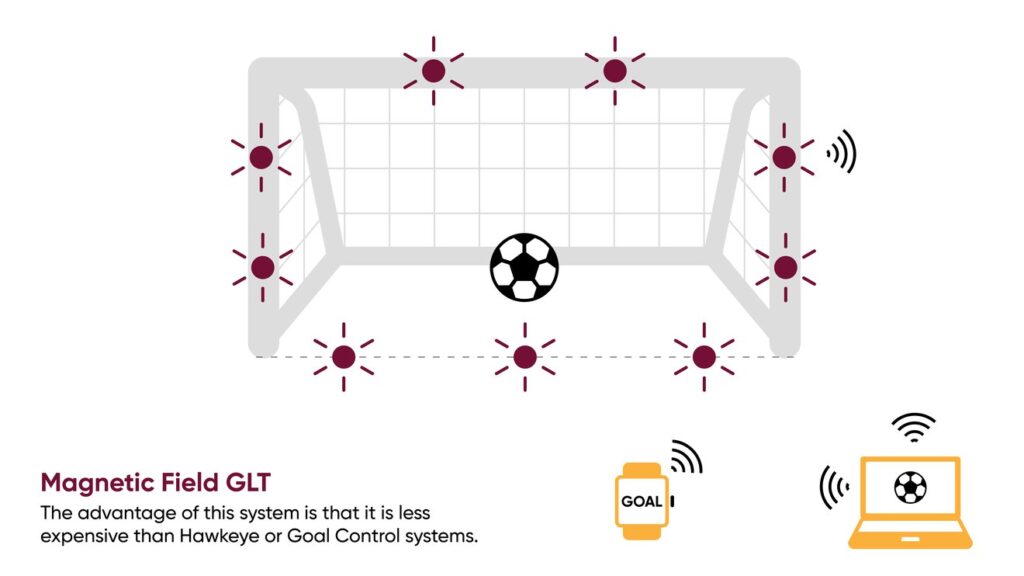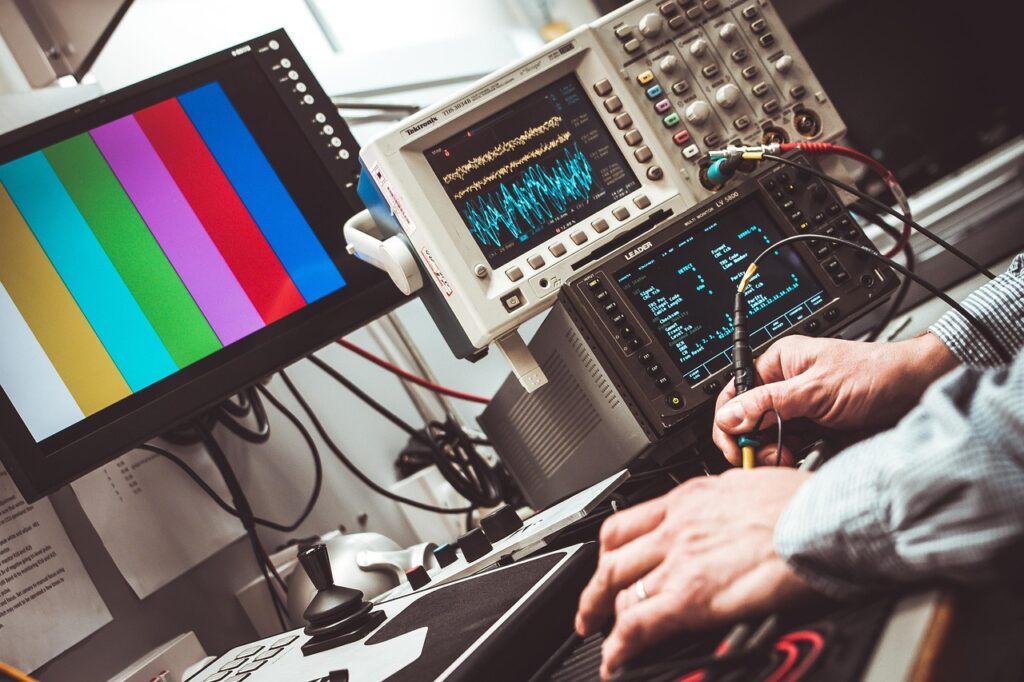technology
25 New Technology Trends for 2025

The Future of Tech: Evolving Roles and Trends
The rapid pace of technological advancements is revolutionizing the way we work and live. As industries adapt to this dynamic landscape, two key factors are driving change:
- Emerging tech trends: Innovations like AI, cloud computing, and cybersecurity are transforming industries and redefining business models.
- Evolving IT roles: The skills and responsibilities of IT professionals are shifting to keep pace with technological advancements.
Staying Ahead of the Curve
Gartner’s research on strategic technology trends highlights the most influential innovations that will drive business success and industry disruption. By understanding these trends and adapting to the changing landscape, professionals and businesses can thrive in a rapidly evolving world.
What Are the Top 25 Emerging Technologies in 2025?
- Generative AI
- Quantum Computing
- 5G Expansion
- Virtual Reality (VR) 2.0
- Augmented Reality (AR)
- Internet of Things
- Biotechnology in Agriculture
- Autonomous Vehicles
- Blockchain
- Edge Computing
- Personalized Medicine
- Neuromorphic Computing
- Green Energy Technologies
- Wearable Health Monitors
- Extended Reality (XR) for Training
- Voice-Activated Technology
- Space Tourism
- Synthetic Media
- Advanced Robotics
- AI in Cybersecurity
- Digital Twins
- Sustainable Technology
- Telemedicine
- Nano-Technology
- AI TRiSM
How does the Goal Line technology work?
Goal-line technology (GLT) uses a combination of high-speed cameras and sometimes magnetic field sensors to determine if a ball has completely crossed the goal line. When the ball’s position indicates it has crossed the line, a signal is sent to the match referee’s watch, providing a clear “goal” or “no goal” indication within a second.
Goal Line Technology
The speed at which a football travels when kicked by a modern professional football player has been measured; the average speed is around 60 mph. However, a real sharpshooter can propel the ball up to and over 80 mph; speeds of over 100 mph have been recorded by a rare few (Lisbon’s Brazilian left-back, Ronny Heberson leads the pack with a goal-smashing kick of 131.82 mph taken in 2006). This speed means that during a penalty kick, the ball will reach the goal line in half a second (500 milliseconds) – blink and you miss it.
A goal is awarded when the ‘whole’ ball passes over the goal line, between the goalposts, and under the crossbar. If the ball does not ‘fully’ cross the plane created by the goalposts and crossbar, a goal is not awarded.
When you consider that the total duration of an eye blink is around 200 milliseconds, is the referee or linesman always going to see a ball travelling so swiftly, let alone fully crossing that line so that a goal can be awarded?
The final decision to award a goal is down to the referee. Throughout the history of the game, there have been controversial goal award decisions, and those few wrong decisions can change the whole course of tournaments and competitions. Just ask Frank Lampard, his goal was wrongly disallowed against Germany at the 2010 World Cup in South Africa possibly costing England their match.
In recent times, however, modern technology has come to the rescue – computers and microprocessors can react in microseconds – thousands of times quicker than a referee…and they don’t blink!
Today we have Goal Line Technology (GLT), a system that helps the referee to get that decision right when it matters the most.

The technology required for GLT has been available for over 20 years. Using camera-based technology, it was originally developed and used for sports such as cricket and tennis.
In 2006, the International Football Association Board (IFAB) permitted tests to be carried out at matches during the 2006/2007 football season. These tests proved successful, but, disappointingly, in 2008, the IFAB ruled that GLT could not be used.
However, following some crucial decision making during the 2010 World Cup, this ruling was revisited. And, in 2012, following international testing, the IFAB decided that GLT could be introduced into football.
The uptake on this new system was rapid, and GLT systems are now in use worldwide. Some of these systems are expensive, and so they are only found at Premier league and association grounds and those used during major international competitions.
There are two main makes of GLT – camera-based and magnetic – available and accepted by FIFA as being fit for use.
Camera-Based
This system uses computer-linked high-speed cameras. Generally, there are fourteen cameras in total, with seven focused on the goalmouth at either end of the pitch. The function of each camera is to track the football and monitor whether it crosses the goal line under a variety of conditions. The images from each camera are combined to form a very accurate 3D representation of the path of the football. At the point when the ‘whole’ ball crosses the goal-line, a signal is generated by the system computer. This signal is transmitted to the referee’s watch to indicate whether a goal can be awarded. The whole process from goal line to watch all takes place in less than one second – a far cry from the stoppage time usually wasted without the technology.
This camera-based system is so refined that it is unaffected by electrical interference. It can recognise the ball even if it is partly obscured, and it is not affected by poor visibility due to the weather. It can generate images with the players removed for clarity, and it can produce action replays within 10 seconds.
The British invented Hawkeye system and the German Goal Control system are currently FIFA approved brands.
Magnetic Field
Two additional GLT systems, approved by FIFA and using low-frequency magnetic fields in and around the goal, are GoalRef and Carios – both German-owned.
Both are radio-based systems that use a magnetic field to detect when a goal can be awarded.
At the point when the ball crosses the goal-line, the goal mouth magnetic field is disturbed. A signal is generated and transmitted to the system computer, which in turn transmits a signal to the referee’s watch enabling the ‘goal’ allowed or disallowed. The whole process all takes place in less than one second.
The magnetic field is generated either by underground cables and devices installed in the goal frame or via specifically located antennas. The balls used with this system both contain passive electronic circuits – players have confirmed that this does not affect the way that the ball performs. The signals generated by either system are encrypted to prevent unauthorized access or tampering.

The Way Forward?
Goal-line technology is now in fairly common use. Along with Video Assistant Referee (VAR) systems, the decisions being made in football are extremely fair and, generally, accurate.
However, is all this technology really the way that fans want the game to go? Or, are the inaccuracies and the debatable referee decisions all a part of the game that people enjoy to watch? Does the cost of these systems inhibit its use at the grassroots level? The debate rages on for some, but GLT was used during the 2014 and 2018 World Cup tournaments, most top leagues around the world now use it, and it will probably be used during the 2022 World Cup, so it is more than likely here to stay.
If you want to find out more about assisted play, check out our review of VAR Technology.
Expert Smartphone Troubleshooting: Advanced Tools and Methodologies

Expert Smartphone Troubleshooting involves using advanced tools and methodologies to diagnose and resolve complex issues. Here’s an overview:
- Multimeter: Measures voltage, current, and resistance.
- Oscilloscope: Visualizes signal waveforms.
- Logic analyzer: Analyzes digital signals.
- USB/JTAG debuggers: Troubleshoot and repair smartphone hardware.
- Diagnostic software: Tools like ADB (Android Debug Bridge) or proprietary software.
- Signal generators: Test and analyze signal integrity.
- Power supply units: Test power consumption.
Advanced Tools
- Diagnostic Software: Utilize specialized software like ADB (Android Debug Bridge), Xcode, or proprietary tools from manufacturers.
- Hardware Testing Tools: Employ tools like multimeters, oscilloscopes, and logic analyzers to diagnose hardware issues.
- Signal Analyzers: Use signal analyzers to troubleshoot network, Wi-Fi, or Bluetooth connectivity problems.
Methodologies
- Systematic Troubleshooting: Follow a structured approach to identify and isolate issues.
- Log Analysis: Analyze system logs, crash reports, and diagnostic data to identify patterns and root causes.
- Component Isolation: Isolate specific components or modules to pinpoint the source of the issue.
- Signal Tracing: Use signal tracing techniques to diagnose issues with specific signals or data paths.
Benefits
- Faster Resolution Times: Advanced tools and methodologies enable faster identification and resolution of complex issues.
- Improved Accuracy: Systematic approaches and specialized tools reduce the likelihood of misdiagnosis.
- Enhanced Expertise: Mastering advanced tools and methodologies develops expertise in smartphone troubleshooting.
Applications
- Manufacturer Repair Centers: Advanced troubleshooting tools and methodologies are essential for manufacturer-authorized repair centers.
- Third-Party Repair Shops: Independent repair shops can benefit from advanced tools and methodologies to improve efficiency and accuracy.
- Research and Development: Advanced troubleshooting tools and methodologies can aid in the development of new smartphone technologies.
By leveraging advanced tools and methodologies, experts can efficiently diagnose and resolve complex smartphone issues, reducing downtime and improving overall device performance.
